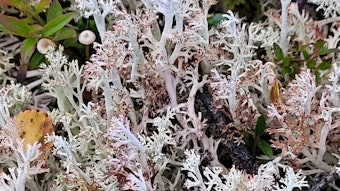Hair relaxer formulations require an emulsion whose characteristics differ in important ways from those of emulsions used in lotions and creams. Understanding those differences can help formulators design better emulsions for relaxer actives. This article describes the emulsions, emulsifiers and relaxer actives used in relaxer formulations.
Emulsions are the essential base for the delivery of active ingredients in personal care and pharmaceutical products. Over the years, formulating chemists have used different types of ingredients in designing different types of emulsions. In most cases, the characteristics of emulsions depend on how the ingredients interact and how the emulsions are formulated and manufactured. Predicting emulsion behavior is difficult if little is known about the chemical composition of the ingredients and actives used. Overcoming difficulties in emulsion formulation requires first-hand knowledge of all reactive compounds in the formulation and the outcome of their reaction.
The difficulties vary depending on emulsion types. Such difficulties can be managed if all of the necessary steps of ingredient selection and investigation are done carefully before drawing out a final formula.
One example is emulsion stabilization. The simple process of putting together a water-in-oil emulsion or an oil-in-water emulsion with actives could be very challenging. A general knowledge of using a surfactant with a low hydrophilic-lipophilic balance (HLB) as the primary emulsifier for water-in-oil emulsions and using a high-HLB surfactant for oil-in-water emulsions is in the right direction of thinking, but other factors must be considered to guarantee a stable emulsion. The correct amount of heat energy is needed to promote the reaction. The correct amount of mixing and homogenizing will ensure the correct amount of mechanical energy to reduce particle size and improve emulsion formation. The chemical reaction of the ingredients must be studied to determine the overall effect on the emulsion...










